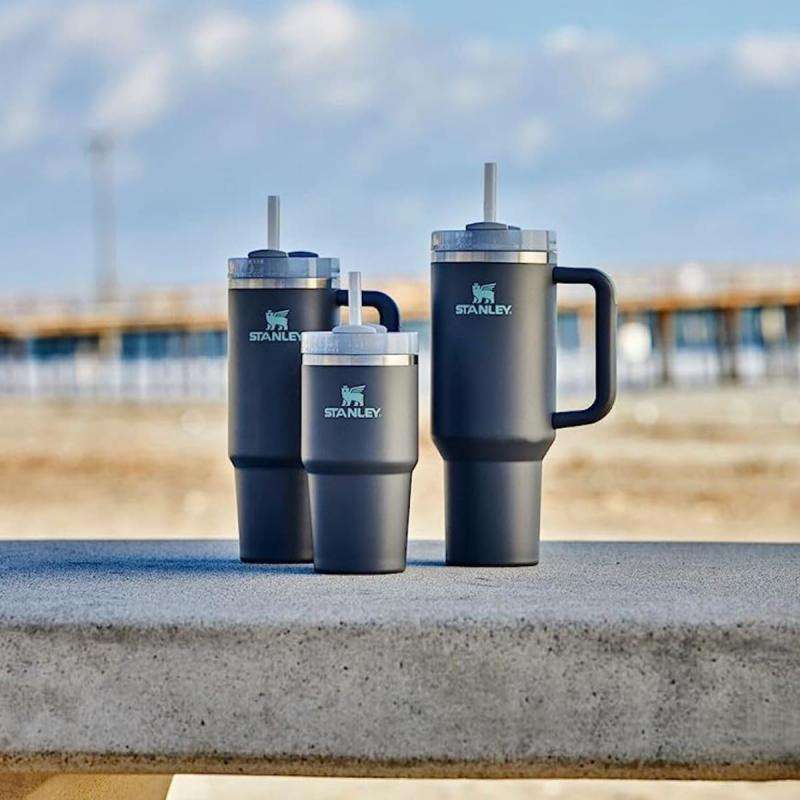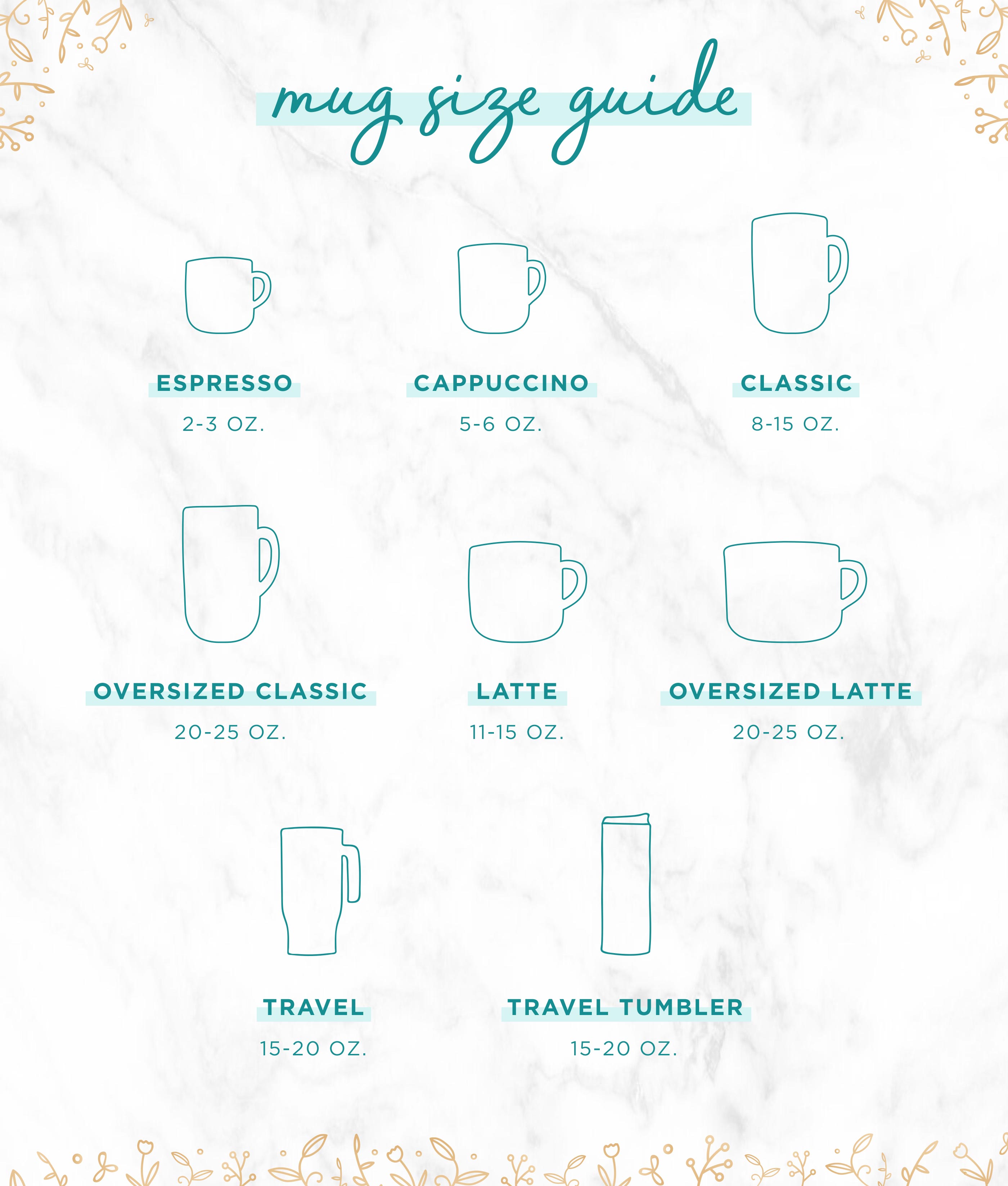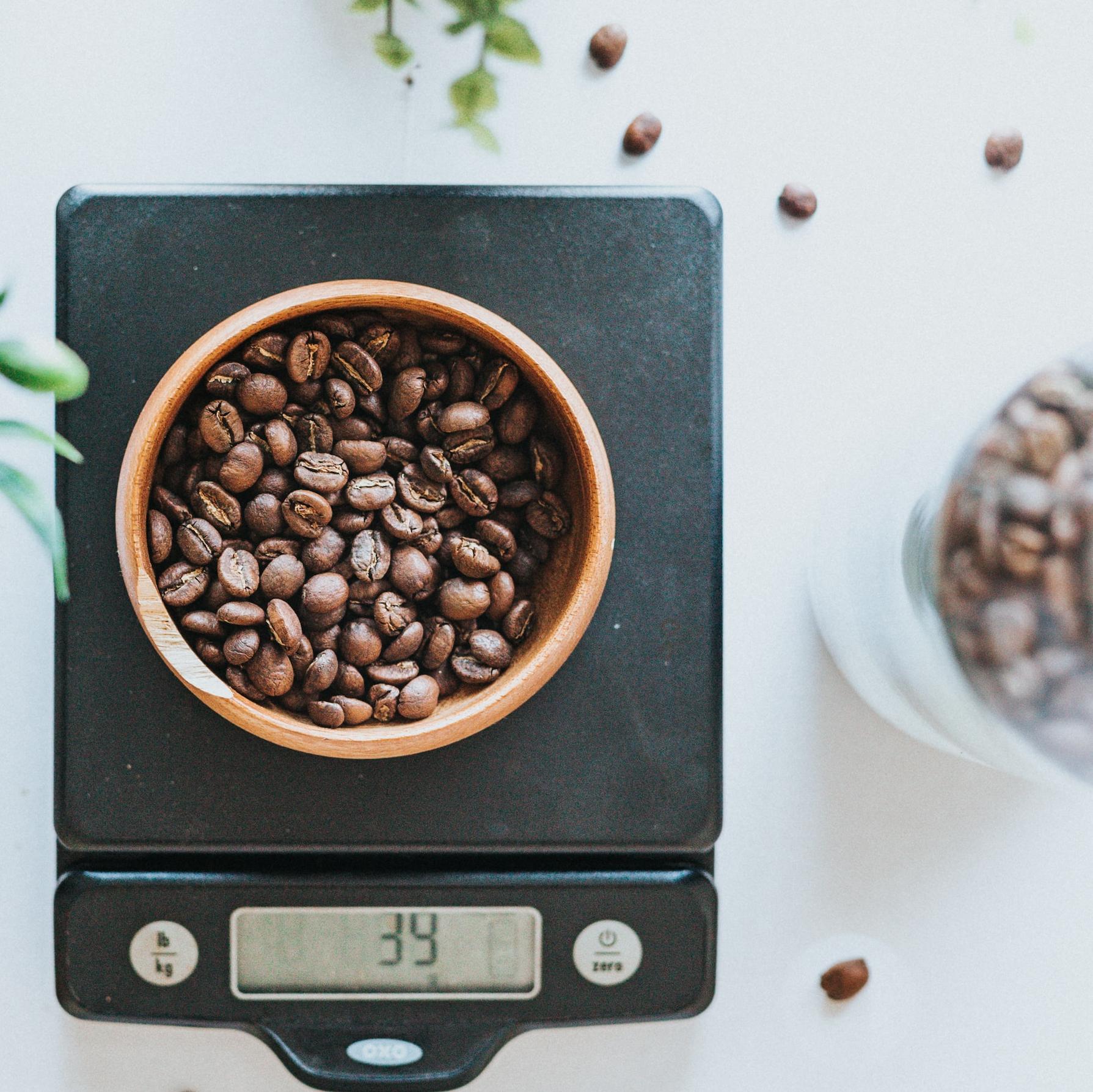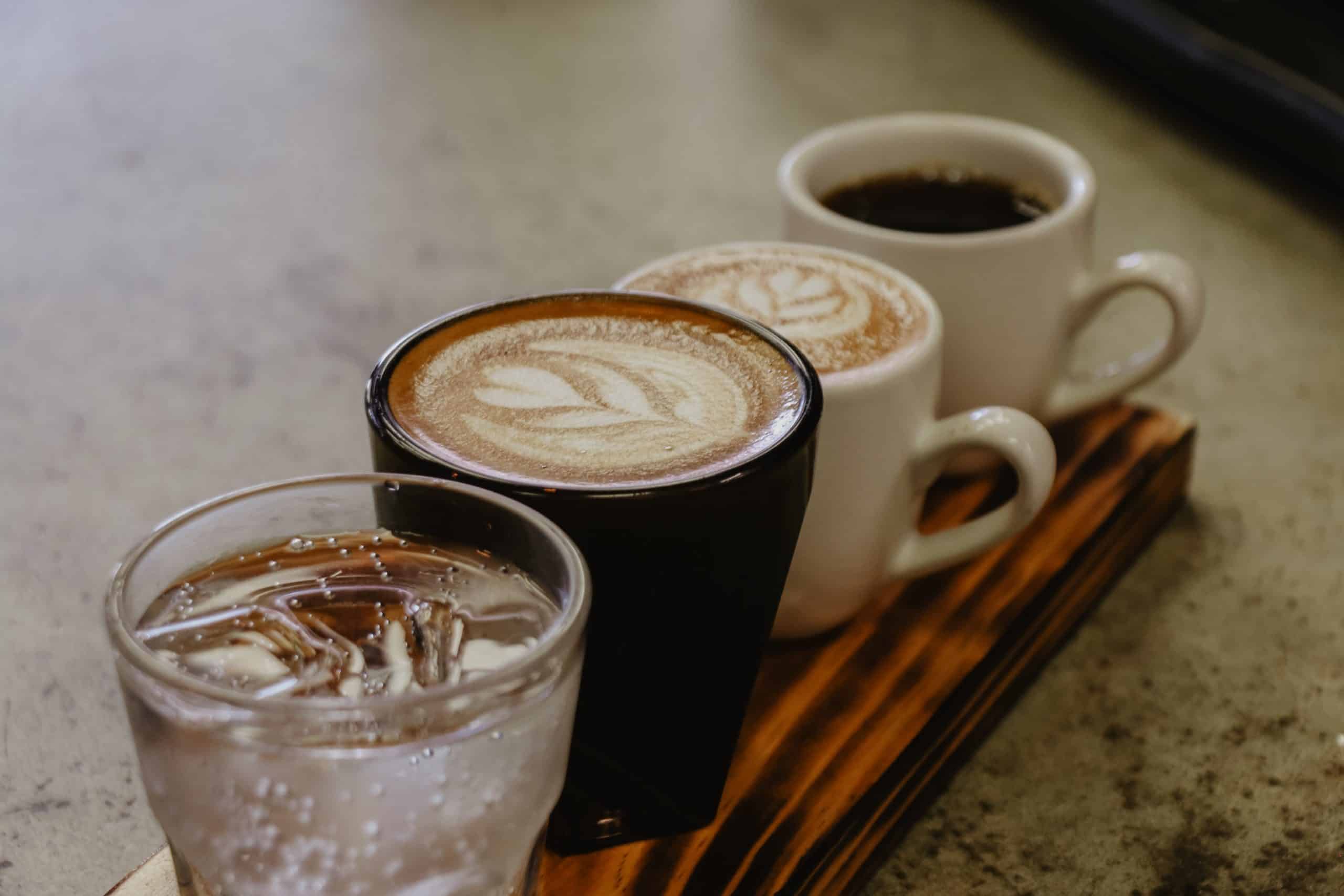Introduction
In a cup of coffee, what is one ounce?
Knowing coffee measurements can be like negotiating a maze, particularly with relation to ounces in a cup. Did you know that the colloquial “cup” of coffee isn’t necessarily equal to the conventional measuring cup size? Depending on brewing techniques and the particular coffee culture, a cup of coffee usually weighs 5 to 6 ounces.
For example, many home brewers might measure 8 ounces using a conventional scale, but in coffee terms, that is not always the case. A coffee cup might actually have a smaller volume, perhaps five to six ounces. This difference is quite important, particularly if you want a great brew.
Why Should One Be Familiar with the Measurement?
The taste and strength of your coffee will be much changed depending on the ounce-to-cup ratio. The following justifies the need for this measurement:
- Using the right measuring guarantees that your coffee won’t be unduly weak or overly strong.
- Reaching a balanced coffee-to-water ratio will improve your brewing experience.
- Whether making one cup or a lot, uniformity in measurements results in a more delicious drink.
Understanding these facets of coffee measurement can help you to improve your coffee game and turn every sip into a joyful experience.
Understanding Coffee Measurements
Clarifying the Standard Cup Size in Coffee Making
Learning cup sizes in the realm of coffee can seem like cracking a riddle. Usually, the conventional U.S. cup size of 8 ounces is not the measurement used for a standard cup of coffee. In coffee-making, a “cup” typically equates to five to six ounces. This disparity can cause some uncertainty, particularly for those not familiar with the subtleties of measuring coffee.
For clarity, consider this:
- U.S. Standard Cup: 8 ounces, common for cooking and baking.
- Coffee Cup: 5 to 6 ounces, usually used in brewing.
This difference becomes quite important when making your daily coffee since it greatly affects strength and taste.
Relationship Between Ounces and Cups
In coffee, the relationship between ounces and cups goes beyond mere semantics; it has pragmatic ramifications. Coffee drinkers should know this:
- Many coffee connoisseurs use the Golden Ratio of 1:15 or 1:18 (coffee to water) for best brewing. For example, using six ounces of water, you would typically use one to two tablespoons of coffee.
- Making Correct Measurements: Measurements that are off can result in either a too strong or a weak brew.
Knowing this relationship helps ensure that every cup you create accentuates your coffee beans, making every sip a delight rather than a letdown. So, keep these dimensions in mind for the ideal cup the next time you’re getting ready for your coffee fix!
Ounces in Different Coffee Types
Ounce Count in Black Coffee
Regarding black coffee, most drinkers would consider a regular cup to have about eight ounces. However, in actual use, a standard black coffee serving falls between five and six ounces. This smaller scale allows the rich flavors to blossom without becoming diluted. Knowing this measurement can make all the difference between a strong cup and what some may call “watered-down mud” for those trying to create a perfect pot.
- Standard serving for black coffee: 5 to 6 ounces.
- For best strength, brew with a 1:15 coffee-to-water ratio.
Ounces in an Espresso
Espresso shots, often presented in small glasses, offer a creative variation on coffee dosage. Usually, a single espresso shot weighs one ounce. Given its concentrated nature, most individuals find it to be a rapid pick-me-up.
- Single shot: 1 ounce.
- Double shot: 2 ounces, becoming somewhat trendy, particularly in coffee shops.
Ounces in a Latte
Those who enjoy lattes welcome the creamy excellence resulting from the mix of steamed milk and espresso. A standard latte typically consists of one shot of espresso (1 ounce) and around six to eight ounces of steamed milk, totaling roughly seven to nine ounces per serving.
- Standard serving: 7 to 9 ounces.
- Adjust the milk and espresso ratio to match your taste preferences for a stronger or creamier experience.
Knowing the specific ounce measures for different kinds of coffee will enable you to maximize your brewing and enjoy every great taste!
Coffee Measurement in Recipes
How to Precisely Weigh Coffee for a Recipe
Accurately measuring coffee for recipes seems simple, but the subtleties can quickly trip you off course. The first step is recognizing that, in the context of specialty coffee, a single cup of coffee is usually regarded as between 5 to 6 ounces. A consistent brewing ratio is crucial when making coffee at home.
Here are some basic rules:
- For every six ounces of water, add one to two tablespoons of ground coffee in the standard brewing ratio.
- Adjust accordingly whether you want a stronger or milder brew.
Tip: Using a kitchen scale will improve your coffee measuring game. For example, one to two grams of ground coffee usually pair nicely with 28 grams of water. This approach guarantees a perfect brew, allowing you to savor a tasty cup free from unpleasant shocks like watered-down coffee.
Transposing Ounces into Different Measuring Systems
Converting ounces to other measurement units is essential, especially if you are following a recipe from another country or environment.
- Ounces to milliliters: One fluid ounce equals approximately 29.57 milliliters.
- Grams to ounces: One ounce is approximately 28.35 grams.
Using these conversions helps ensure uniformity in brewing, regardless of whether recipes vary across cultures. Always remember that understanding how to convert and measure precisely will improve your coffee-making process and enable you to truly enjoy the richness of every cup.
Factors Influencing Coffee Measurement
Effect of Grind Size on Coffee Measurement
Many coffee aficionados overlook the important factor of grind size in measuring the beverage. The finer the grind, the denser the coffee becomes, which can greatly alter your measurements. For instance, if you use a fine grind for a standard measurement intended for a coarser grind, you may end up with a cup that is unduly strong or bitter.
- Fine Grind: Perfect for espresso, it requires less volume. For a smaller cup, say 4 to 5 ounces, you might use 1 tablespoon of finely ground coffee.
- Coarse Grind: Often used in French press, it requires more coffee to achieve the same strength. Here, you might use two tablespoons for a comparable volume.
This difference in grind size makes using a scale to weigh your coffee the most accurate method, preserving better consistency in your brews.
Effect of Brewing Techniques on Coffee Ounces
The brewing technique used also influences the volume of coffee you obtain. Standard cup measurements may not yield the same results depending on the brewing method.
- Drip Coffee Makers: Typically produce 8 ounces using 1 to 2 tablespoons of coffee.
- French Press: Often produces richer flavors, but you must be careful with the steeping time as it absorbs more water, affecting the total liquid you obtain in your cup.
Understanding how grind size and brewing techniques affect coffee measurement is essential. These elements can influence not only the taste but also the actual liquid volume, ensuring you enjoy the ideal cup every time.
Advice for Ideal Coffee Ratings
Perfect Coffee-to-Water Ratio for Various Brews
Understanding the correct coffee-to-water ratio is key to brewing the perfect cup of coffee. While ratios may vary depending on your brewing technique, a general rule ensures consistency in taste. Coffee enthusiasts and the Specialty Coffee Association recommend a 1:15 to 1:18 ratio. Here’s how it translates:
- Drip Coffee: For every six ounces of water, use one to two tablespoons (about 10 to 12 grams) of coffee.
- French Press: Typically uses a 1:15 ratio, which is around 20 grams of coffee for 300 mL of water.
- Espresso: For one shot (about one ounce), aim for seven grams of finely ground coffee.
These ratios help retain flavors and aromas, ensuring every sip is pleasurable.
Adjusting Coffee Intake to Suit Personal Taste
While standard ratios provide a guideline, the beauty of coffee-making lies in customization. Everyone has different tastes, and your ideal cup might require adjusting the measurements. Here are some practical pointers:
- Stronger Coffee: Start with a 1:14 ratio; if you want a more robust taste, gradually increase the coffee amount.
- Milder Brew: Reduce the coffee-to-water ratio to about 1:18 or even 1:20.
- Experiment: Don’t hesitate to play with different grind sizes and brew times to find what best suits your taste.
Adjusting these elements allows you to create a coffee experience that feels uniquely yours, enhancing your daily ritual one cup at a time.
Conclusion
The Relationship Between Ounces and Cups in Coffee
In essence, understanding the relationship between ounces and cups in coffee is crucial for conversion and consistency. As we conclude our exploration of coffee measurements, remember that while a conventional U.S. cup weighs 8 ounces, in the coffee industry, a common cup usually denotes only 5 to 6 ounces. This disparity can cause uncertainty, especially for those new to coffee making.
For instance, when a recipe or coffee machine calls for a “cup,” it might actually indicate less than expected. Therefore, it’s important to be aware of these variations when measuring your coffee to achieve the ideal mix.
Final Key Lessons for Precise Coffee Measuring
Here are some final suggestions to ensure a consistently excellent cup of coffee:
- Use the Golden Ratio (1:15 to 1:18) as your guide to maintain taste balance.
- Consider grind size: The size of the coffee grind affects the quantity needed; for accuracy, weigh finer grinds rather than measuring by volume.
- Use a scale to weigh your coffee and water for optimal results, eliminating guesswork in preparation.
- Taste and adjust: Don’t feel guilty about experimenting with your measurements to suit your personal taste preferences.
These techniques will prepare you to create delicious cups of coffee every time, ensuring a rich and flavorful experience with every drink. Cheers to your coffee adventures!

Leave a Reply